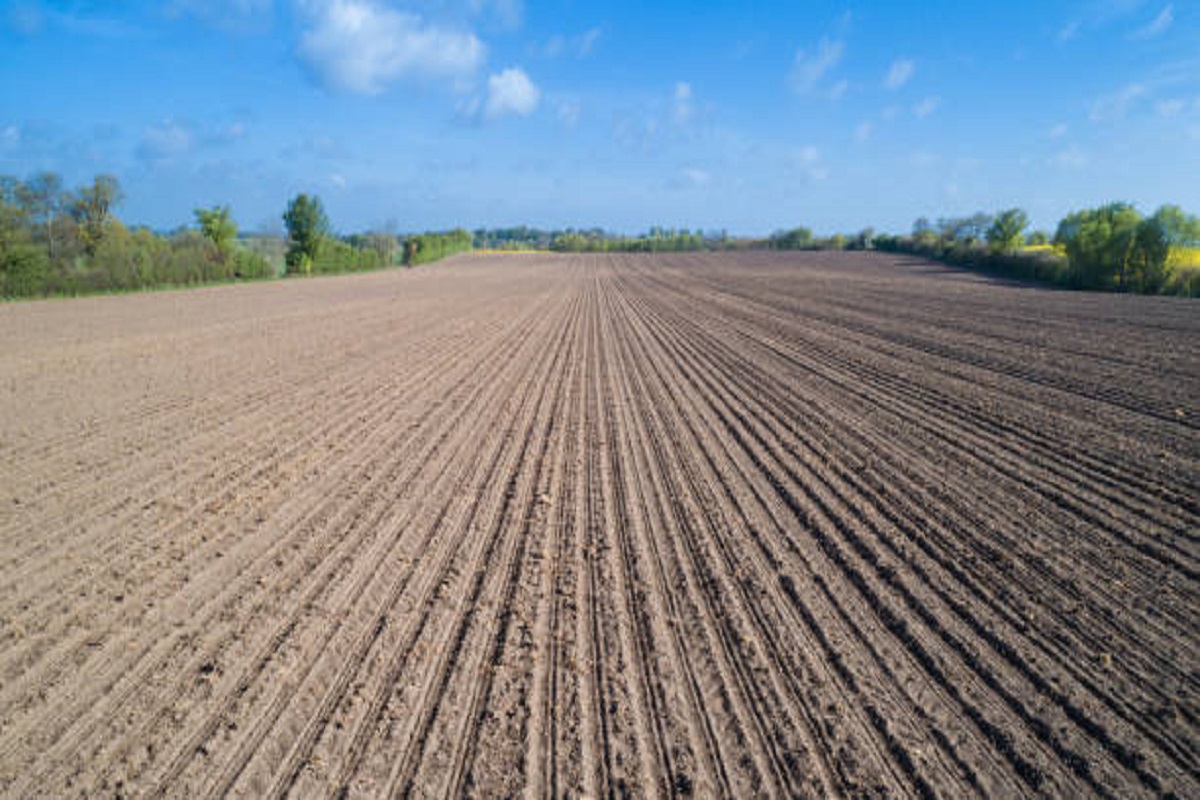Despite the government’s often-repeated claims of growth of agrarian activities and agro-regulated economy, the gross cropped area has declined by around 8% from 90.10 lakh hectares in 2014-15 to 83.15 lakh hectares in 2019-20.
If the State Focus Paper (2022-23) study conducted by National Bank for Agriculture and Rural Development (NABARD) is any indication, the net area sown was 53.30 lakh ha. Over the years the net sown area in the State is decreasing while fallow land is increased.
Advertisement
The cropping intensity for the State remains stagnant at 156%. Rice was the major crop in the Kharif season, pulses and oilseeds were the major crops in the Rabi season.
Advertisement
According to the results of the Agricultural Census (with 2015-16 as the reference year), the total area under agricultural holdings in the State is 46.19 lakh hectares, the study stated.
Around 93% of the total number of operational holdings in the State (48.66 lakh ha.) is owned by small and marginal farmers.
The average size of operational landholding in the State contracted from 1.04 ha in 2010-11 to 0.95 ha in 2015-16
Besides, the share of agriculture and allied activities in Odisha’s economy has fallen from 26% in 2000-01 to 21.27% in 2020-21.
The Agriculture sector of the State is estimated to contract by 6.54% in comparison to positive growth of 3.40% at the National level. Crop sub-sector suffered a decline of (-)4.27 percent and livestock experienced (-)32.97 percent decrease in 2020-21 (AE) under the impact of Covid-19, flood, & cyclone, AMPHAN in some parts of the State, and long dry spells during the Kharif season resulting in overall contraction of the agriculture sector.
Despite its declining share in total Gross State Domestic Product (GSDP), it continues to be the main source of livelihood in the State. Around 49% of the total workforce of the state is dependent on agriculture as per Periodic Labour Force Survey 2017-18 as against 44% at all India levels, the NABARD study maintained.
Advertisement











